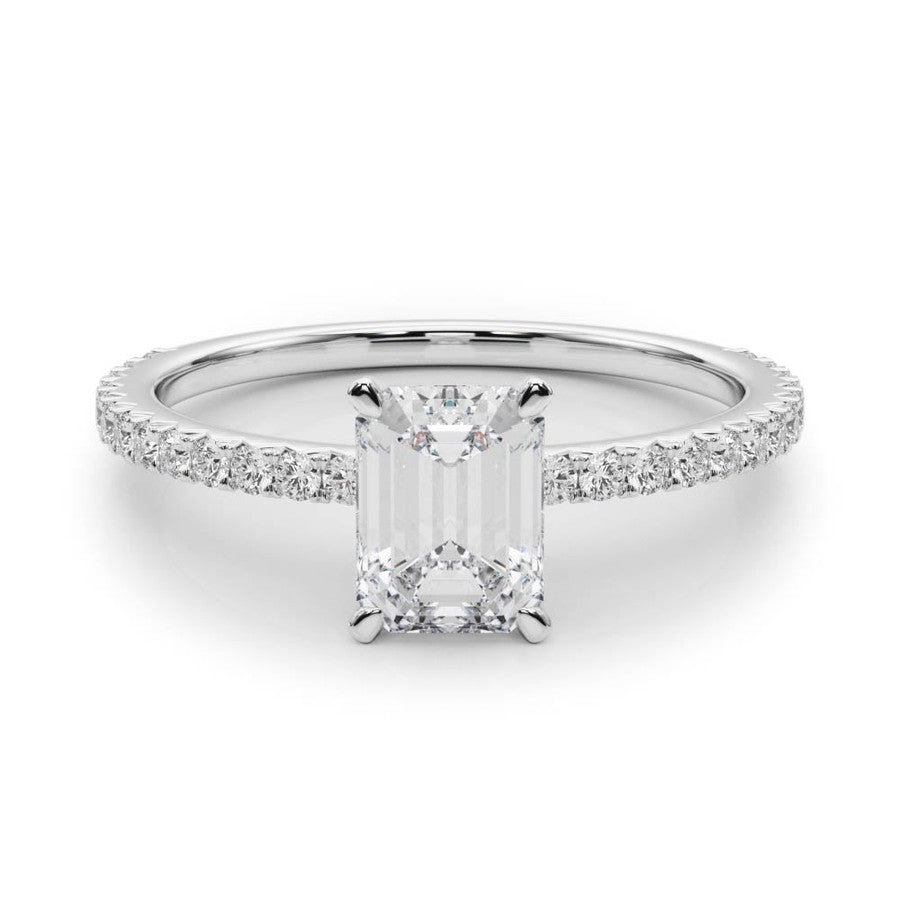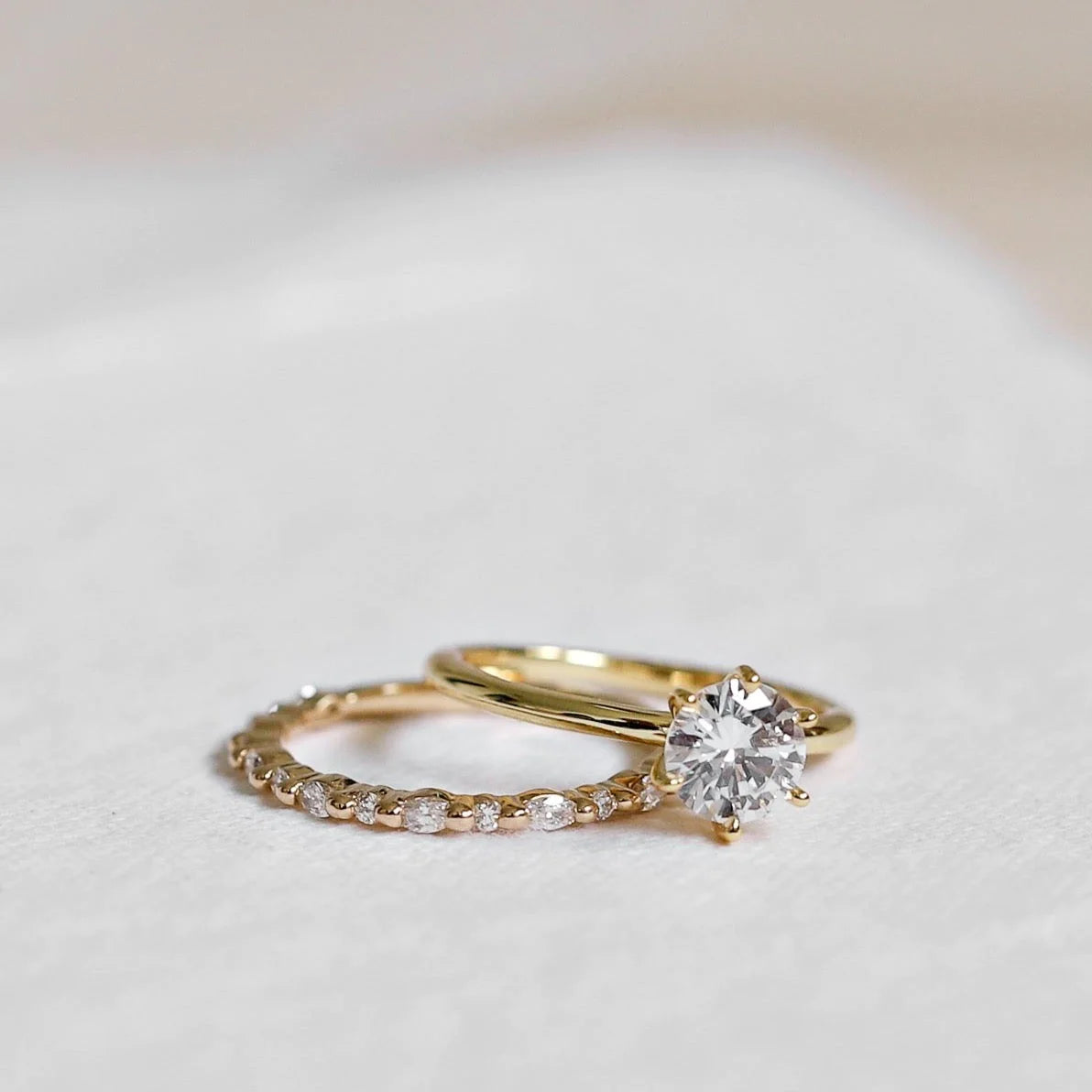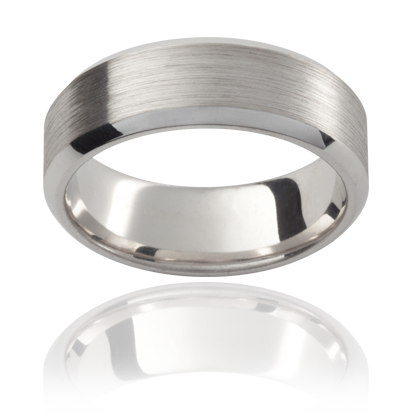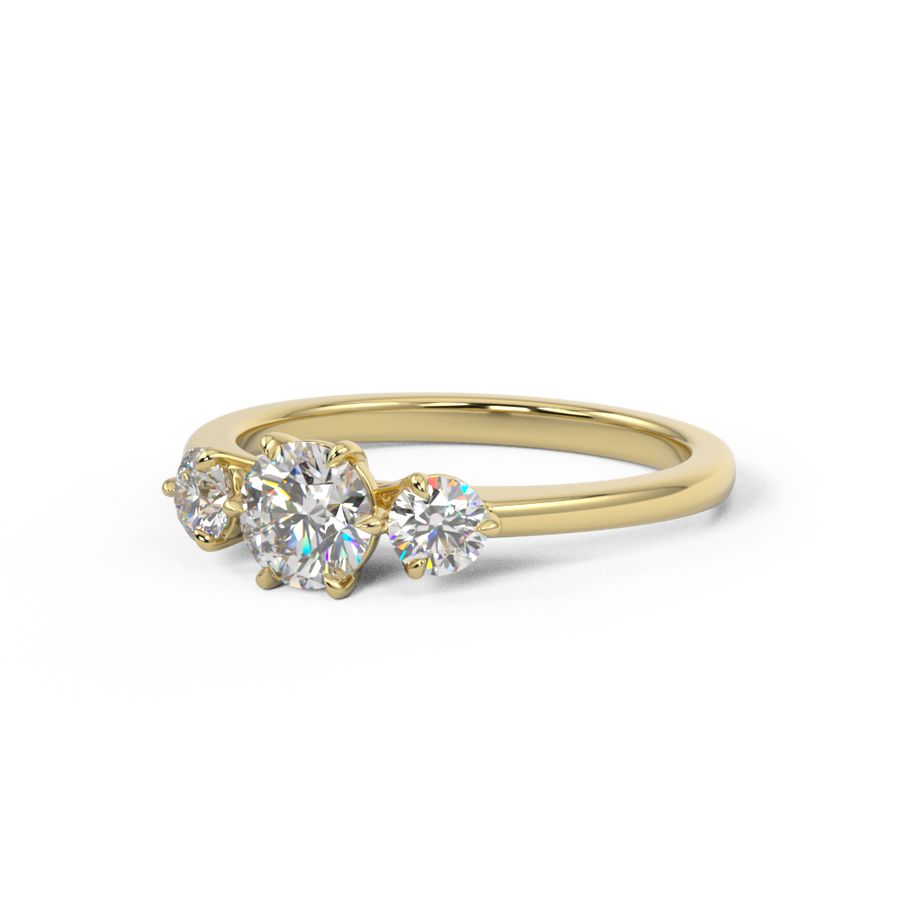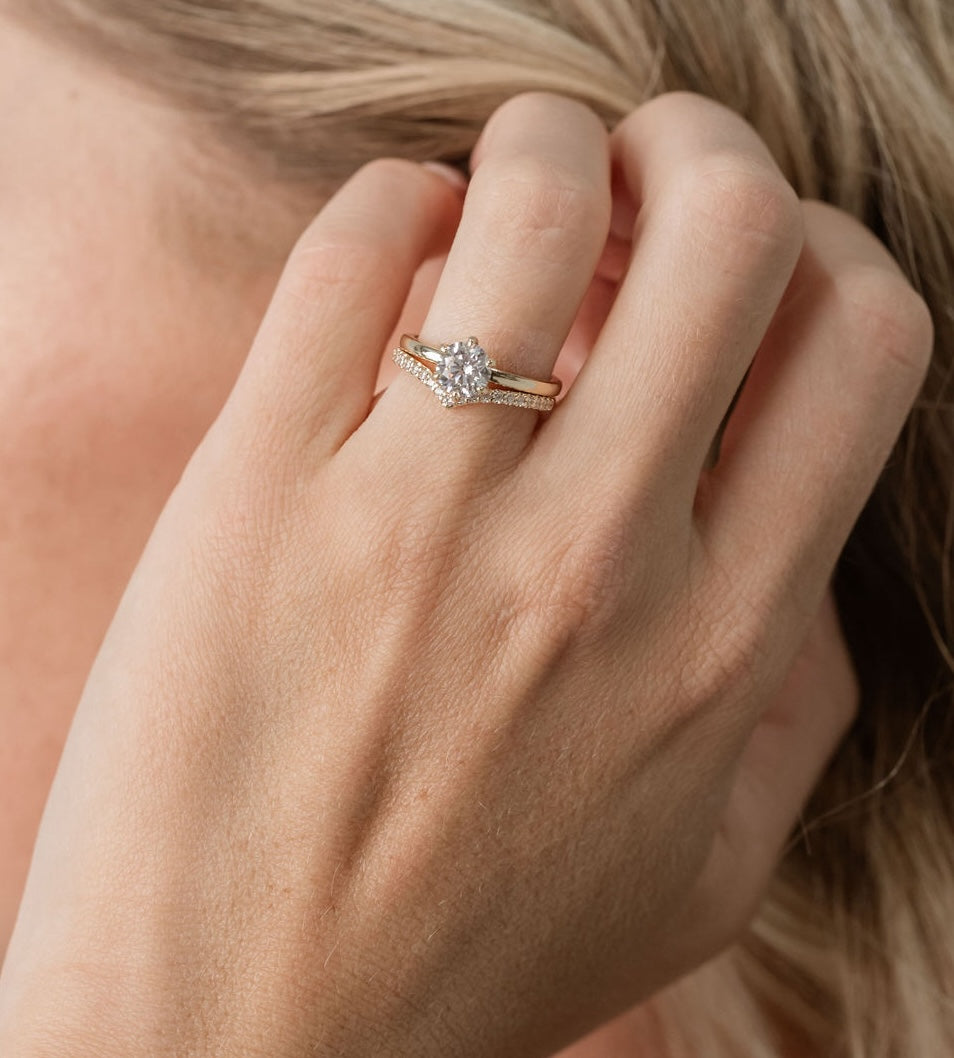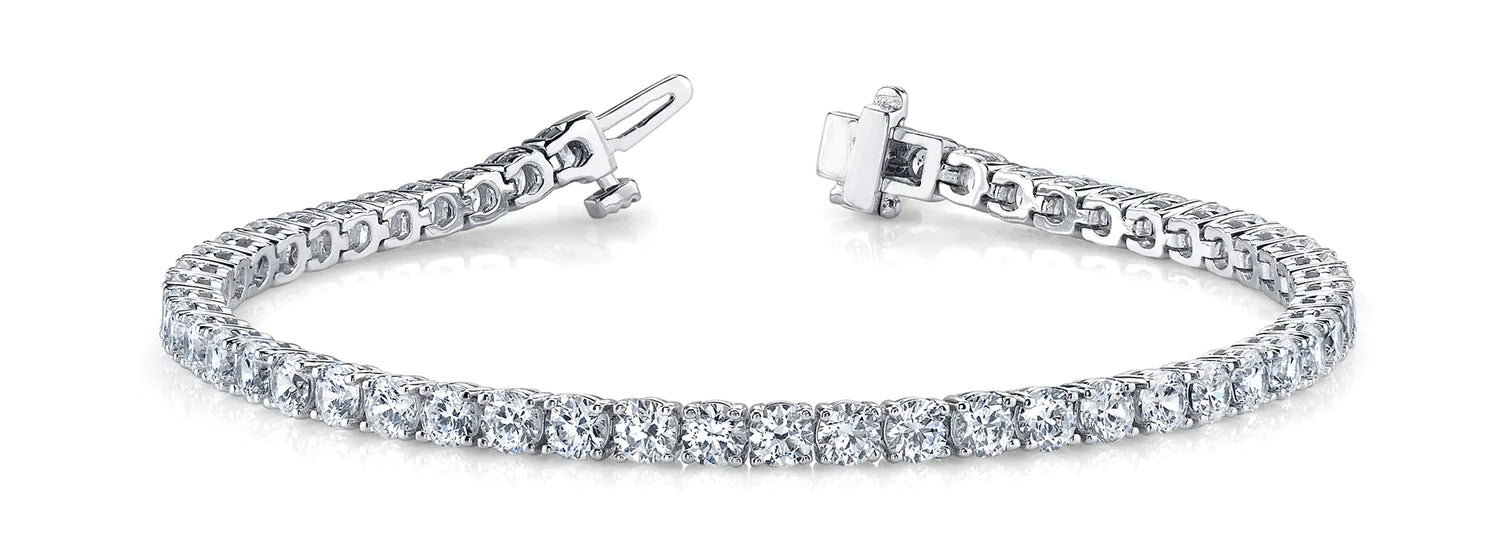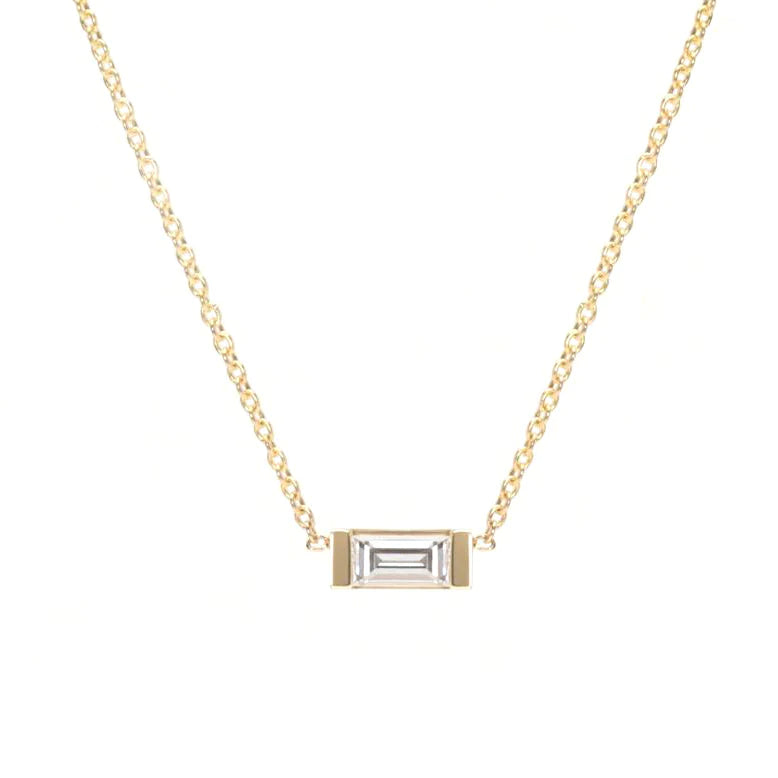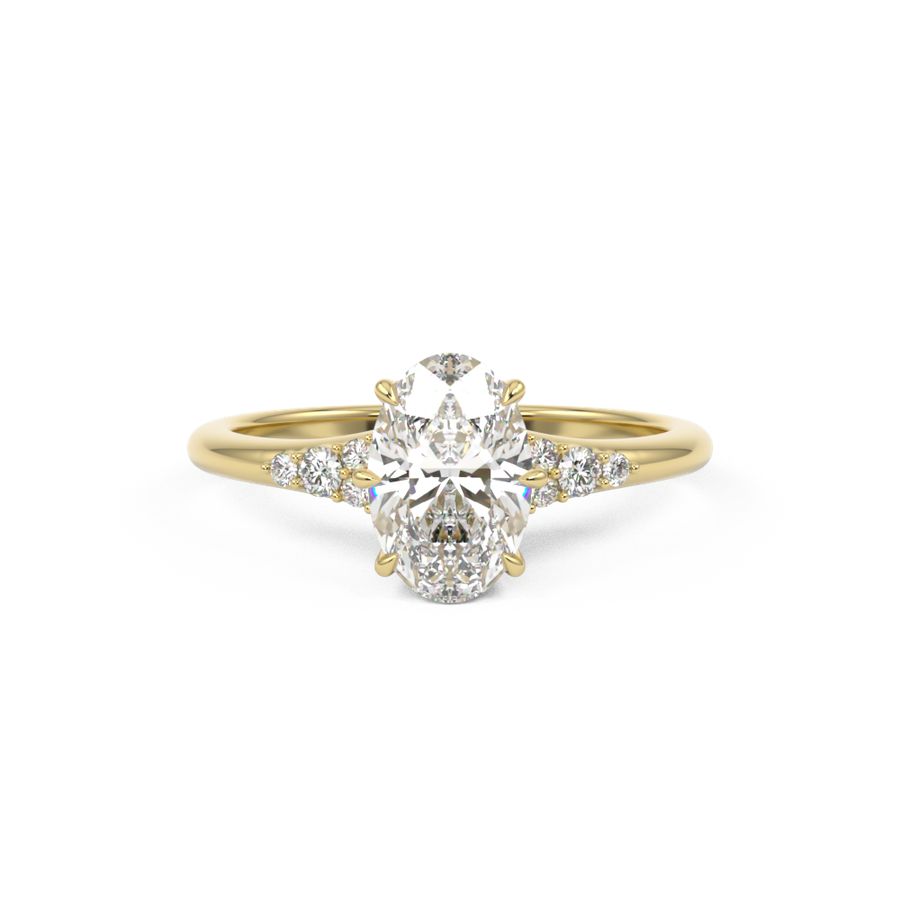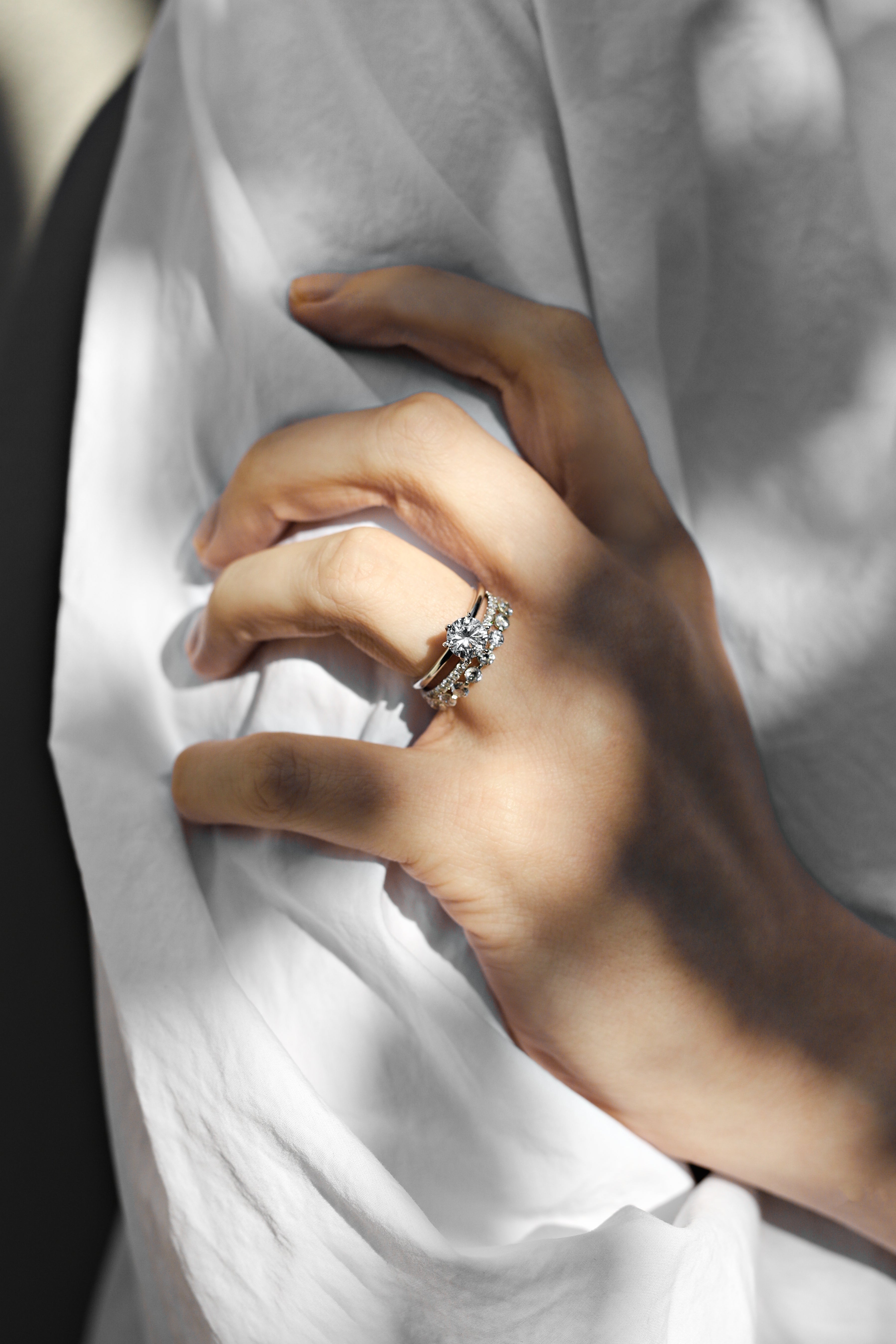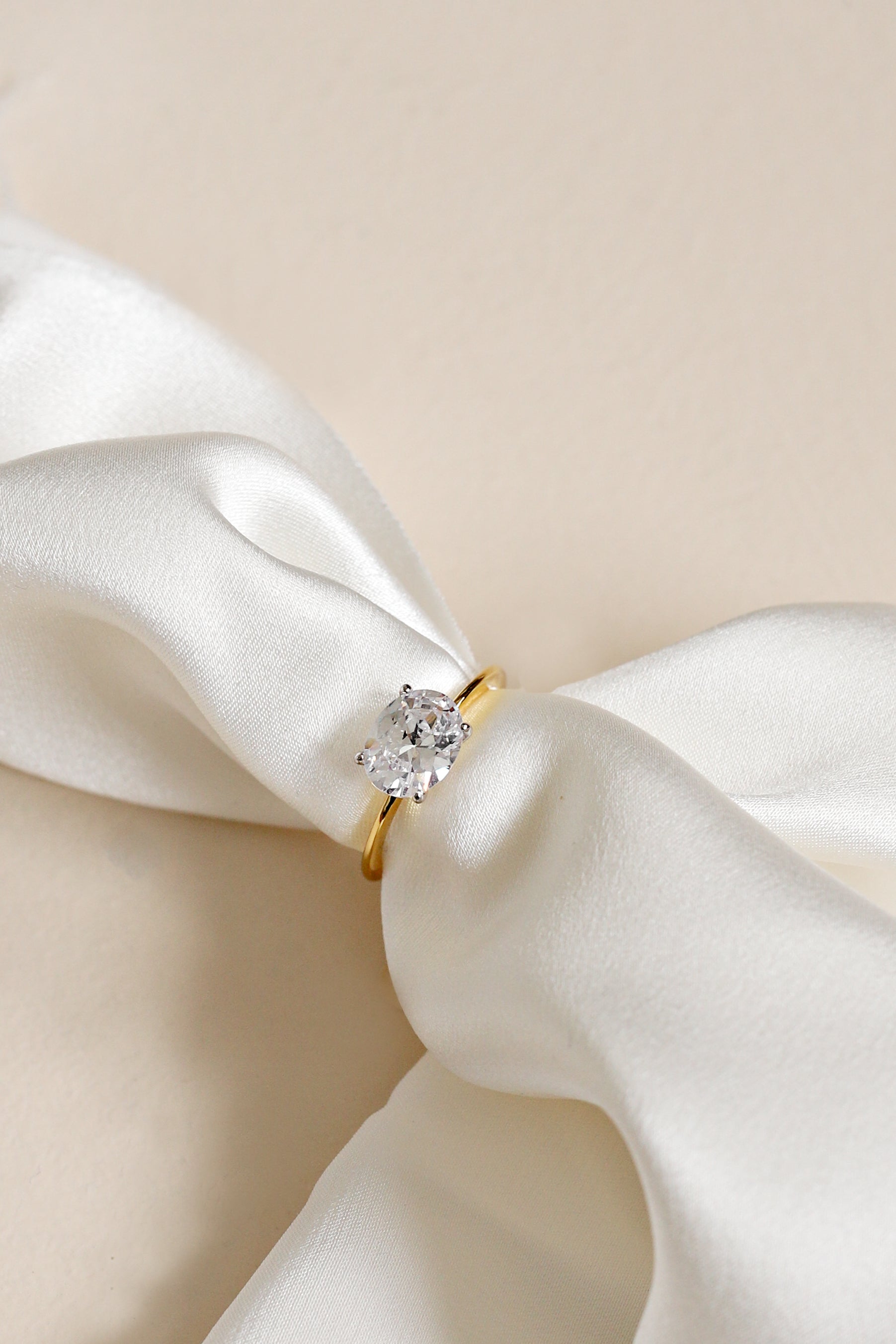Aesthetics
Etymology and History of Aesthetics
- The word 'aesthetic' is derived from the Ancient Greek αἰσθητικός (aisthētikós, perceptive, sensitive, pertaining to sensory perception).
- The term 'aesthetics' was coined by the German philosopher Alexander Baumgarten in 1735.
- Baumgarten chose aesthetics to emphasize the experience of art as a means of knowing.
- The term was introduced into the English language by Thomas Carlyle in 1825.
- The philosophy of art as aesthetics can be traced back to Aristotle and the ancient Greeks.
- Aristotle stated that various art forms are acts of mimesis, imitating nature through different mediums.
- Different art forms have highly structured procedures for achieving their purposes, such as rhythm and harmony in music, rhythm in dance, and language in poetry.
- Erich Auerbach further discussed the history of aesthetics in his book 'Mimesis.'
Aesthetics and the Philosophy of Art
- Some distinguish aesthetics from the philosophy of art, but aesthetics considers questions of beauty and art.
- Aesthetic experience refers to the sensory contemplation or appreciation of an object, while artistic judgement refers to the recognition, appreciation, or criticism of art.
- Aesthetics examines topics such as art works, aesthetic experience, and aesthetic judgement.
- Philosophers of art study the varieties of art in relation to their physical, social, and cultural environments.
- Aesthetic psychology studies the creative process and the aesthetic experience.
Aesthetic Judgement, Universals, and Ethics
- Aesthetics examines affective domain response to an object or phenomenon.
- Judgements of aesthetic value rely on sensory discrimination but usually go beyond it.
- Delicacy of taste involves the ability to detect all the ingredients in a composition and sensitivity to both pleasure and pain.
- Enjoyment arises from sensation, but judging something to be beautiful requires reflective contemplation.
- Viewer interpretations of beauty may possess concepts of value: aesthetics and taste.
- Judgements of beauty are sensory, emotional, and intellectual all at once.
- Kant observed that beauty is subjective and universal, with certain things being beautiful to everyone.
- Władysław Tatarkiewicz identified six conditions for the presentation of art, including beauty, form, representation, reproduction of reality, and artistic expression.
- Taste is a result of an education process and awareness of elite cultural values.
- Bourdieu examined how exposure to different cultural values can result in variations in taste based on class, cultural background, and education.
Factors Influencing Aesthetic Judgment
- Cultural reactions shape aesthetic judgments.
- Aesthetic judgments are influenced by regional responses.
- Awe can physically manifest through increased heart-rate or pupil dilation.
- Dissonance can trigger aesthetic judgments.
- Aesthetic regionalism is a political stance against universal notions of beauty.
Relationship Between Aesthetics and Emotions
- Aesthetic judgments can be partially embodied in physical reactions.
- Emotions are conformed to cultural reactions.
- Awe can be inspired by a sublime landscape.
- Aesthetic judgments can evoke awe or other emotional responses.
Aesthetic Regionalism
- Francis Grose was the first critical aesthetic regionalist.
- Aesthetic regionalism challenges the universality of aesthetics.
- Aesthetic regionalism safeguards the counter-tradition of aesthetics.
- Aesthetic regionalism opposes the concept of beauty as a dictatorship.
- Aesthetic regionalism embraces what is considered un-beautiful in certain cultures.
- Aesthetic regionalism can be seen as a political statement.
- Aesthetic regionalism protects non-traditional forms of art.
- Aesthetic regionalism opposes the notion of beauty as universal.
- Aesthetic regionalism encompasses primitive art and camp art.
- Aesthetic regionalism challenges the concept of harmonious and cathartic art.
Aesthetics Data Sources
| Reference | URL |
|---|---|
| Glossary | https://harryandcojewellery.com.au/blogs/glossary/aesthetics |
| Wikipedia | http://en.wikipedia.org/wiki/Aesthetics |
| Wikidata | https://www.wikidata.org/wiki/Q35986 |
| Knowledge Graph | https://www.google.com/search?kgmid=/m/0x0w |

